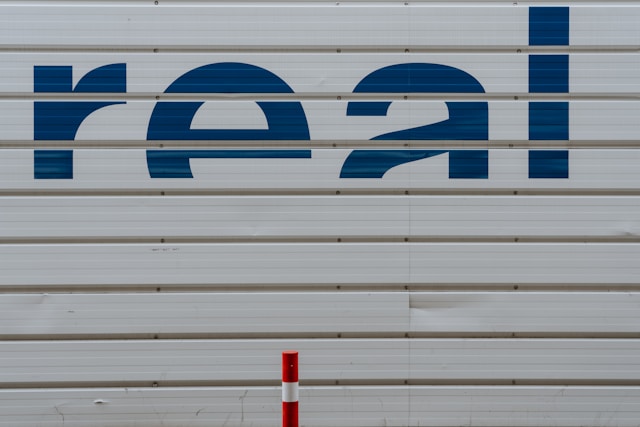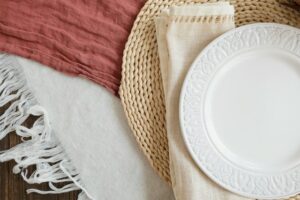In today’s eco-conscious world, the demand for environmentally friendly tableware is on the rise. However, with the market flooded with various options, it’s essential to differentiate between genuine eco-friendly tableware and products that merely claim to be sustainable.
Here’s how to identify the real deal:
Material Matters:
Genuine eco-friendly tableware is typically made from renewable, biodegradable, or recycled materials. Look for products crafted from bamboo, sugarcane fiber, cornstarch, or recycled paper. Avoid items labeled as “biodegradable” but lacking specific material information, as they may still contain harmful additives.
Manufacturing Process:
Consider the production process of the tableware. Authentic eco-friendly products are manufactured using sustainable practices that minimize resource consumption and environmental impact. Research the company’s commitment to sustainability and certifications such as FSC (Forest Stewardship Council) or BPI (Biodegradable Products Institute) to ensure credibility.
Certification and Labeling:
Look for certifications and labeling that verify the product’s eco-friendly claims. Common certifications include the USDA Certified Biobased, ASTM D6400 (for compostability), and EU Ecolabel. These certifications indicate that the tableware meets specific environmental standards and undergoes rigorous testing for sustainability.
Avoid Greenwashing:
Beware of “greenwashing,” where companies falsely market their products as environmentally friendly to capitalize on consumer demand. Scrutinize product claims and look for evidence to support sustainability claims. Genuine eco-friendly tableware brands are transparent about their materials, manufacturing processes, and environmental impact.
Price and Quality:
While eco-friendly tableware may come at a slightly higher price point than conventional options, consider it an investment in sustainability. Cheap, low-quality products are unlikely to be genuinely eco-friendly and may contain hidden environmental costs. Choose products that prioritize durability and functionality, ensuring a longer lifespan and reduced waste.
Identifying genuine eco-friendly tableware requires attention to materials, manufacturing processes, certifications, and avoidance of greenwashing tactics. By prioritizing transparency, credibility, and sustainability, consumers can make informed choices that align with their environmental values. Remember to research brands, scrutinize product labels, and prioritize quality when selecting eco-friendly tableware for a greener dining experience.






